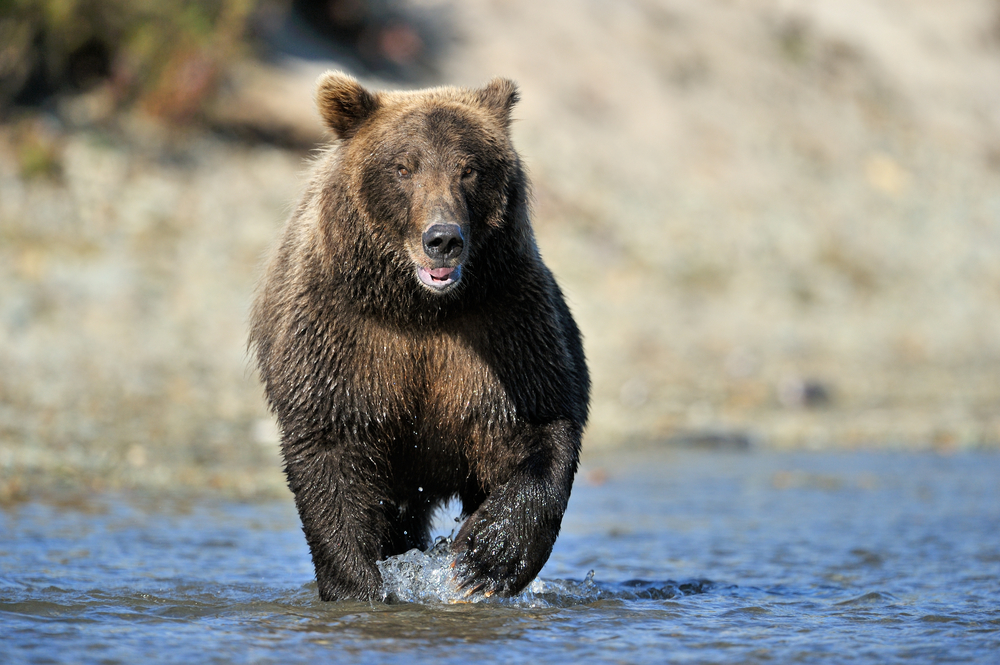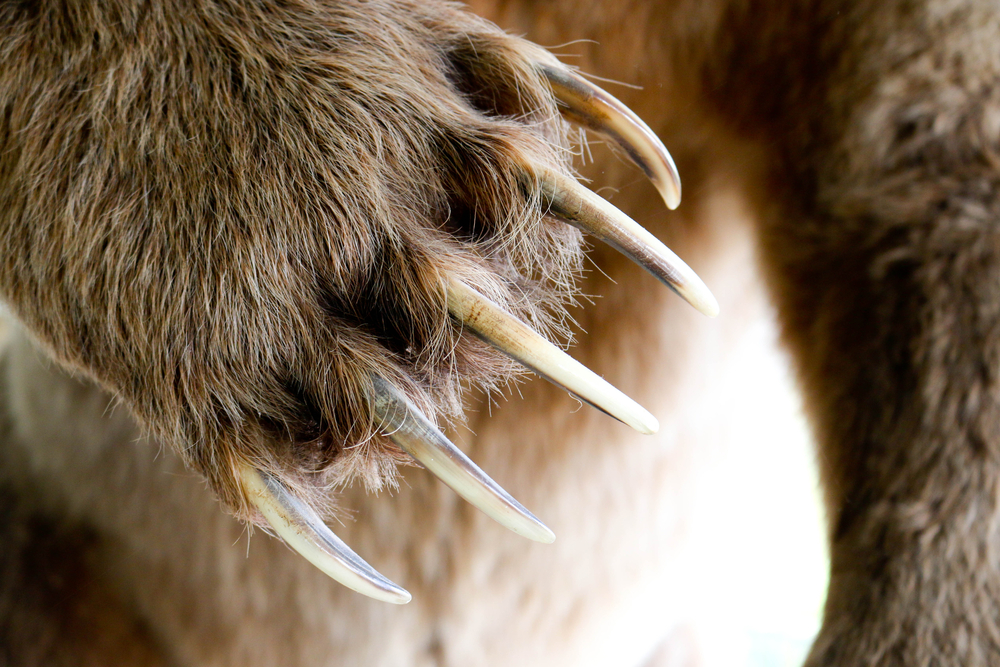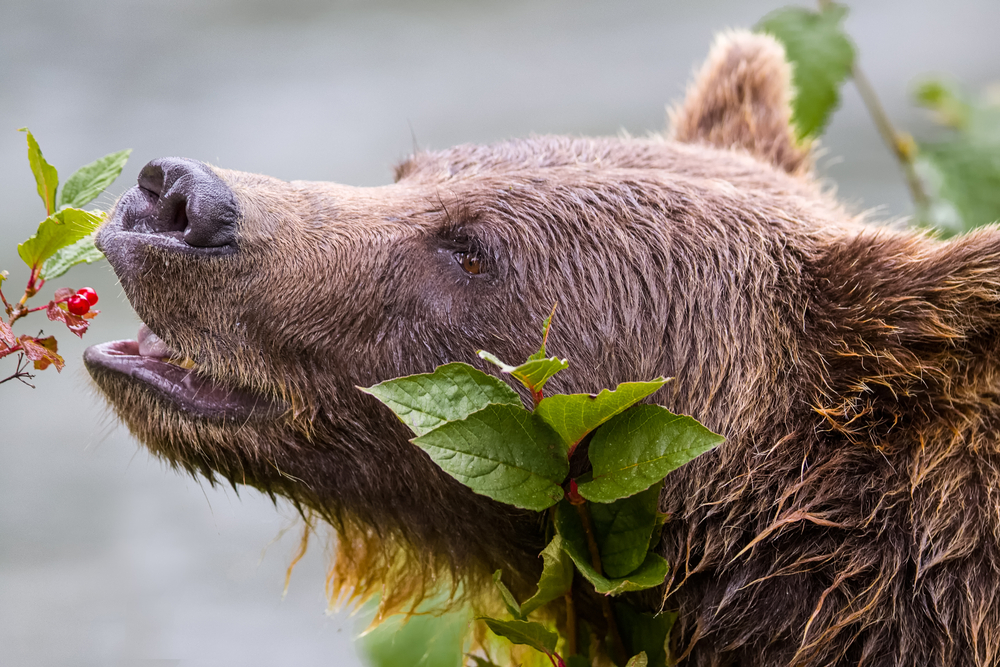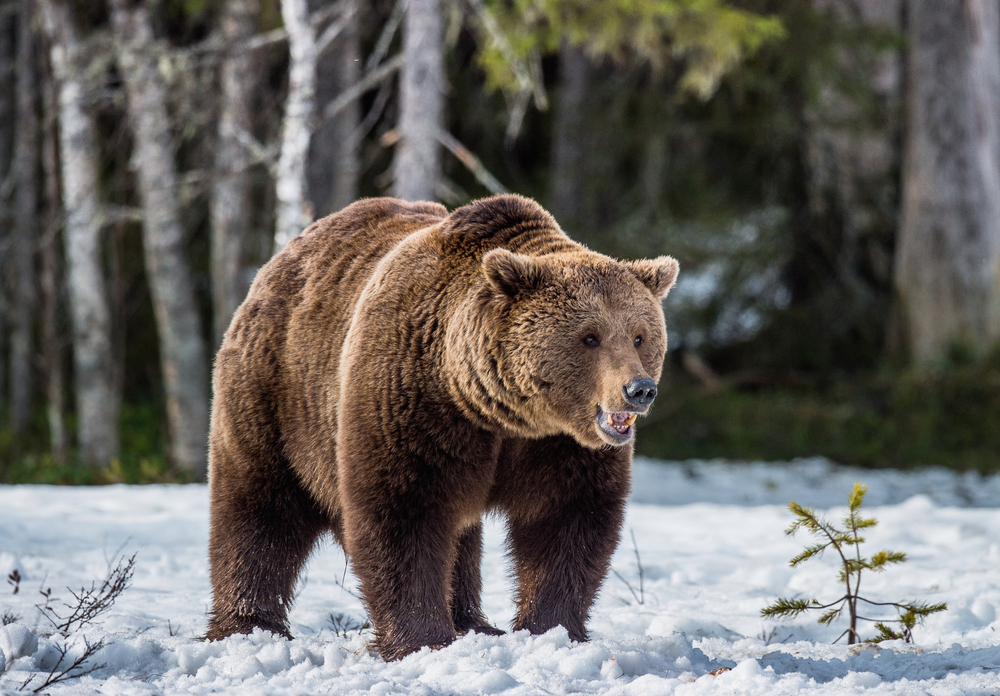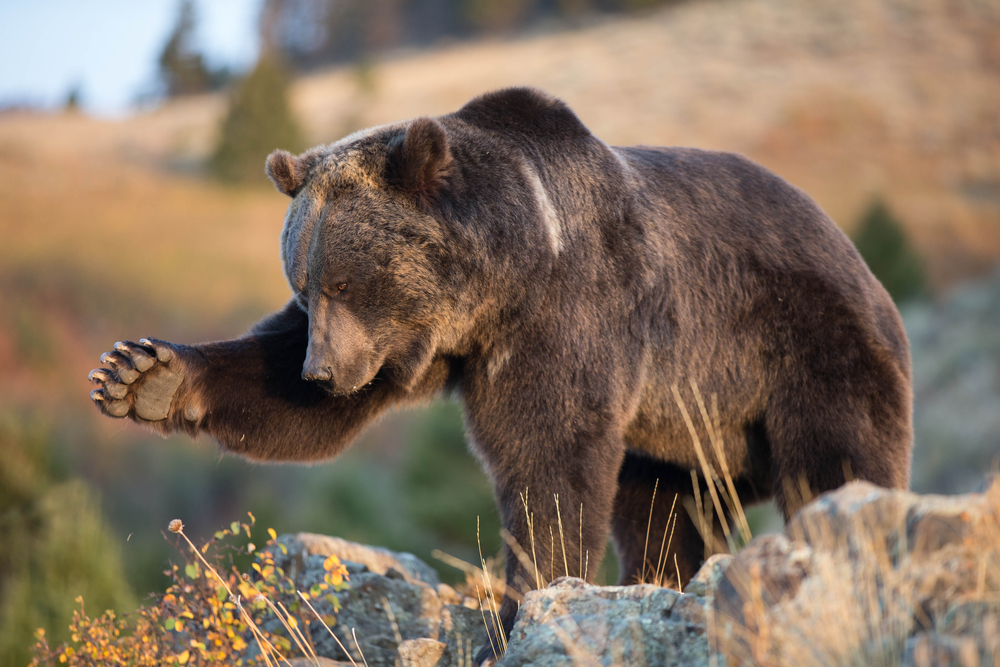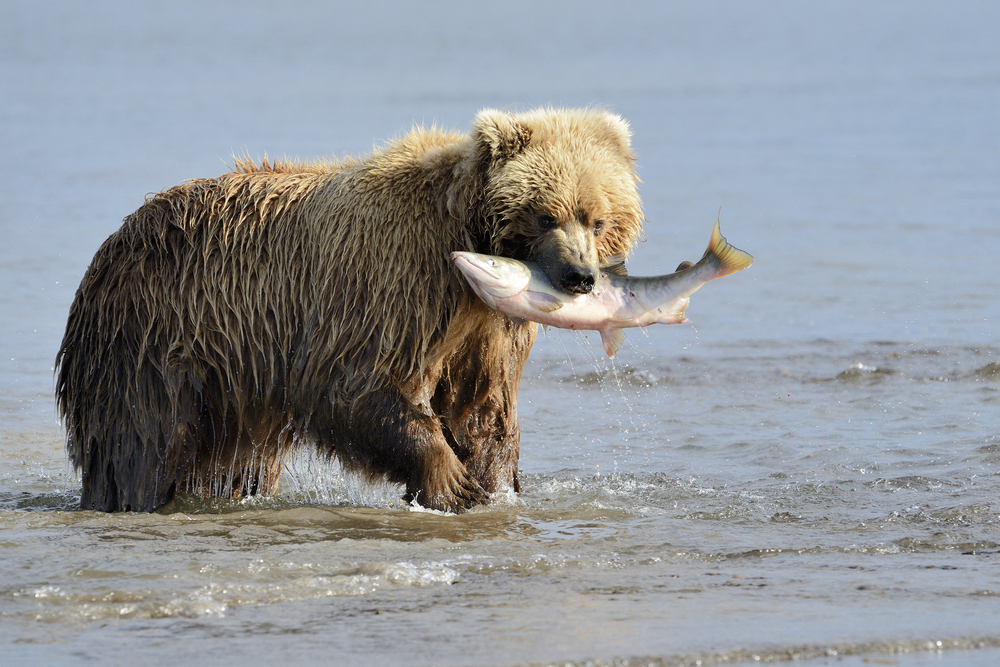Uniqueness
The Grizzly Bear, scientifically known as Ursus arctos horribilis, is a subspecies of the brown bear and is one of North America’s most iconic and formidable mammals. Here are some key aspects that make the Grizzly Bear unique:
Distinctive Physical Features: Grizzly Bears are known for their impressive size and strength. They typically have a dished face, a prominent muscular hump on their shoulders, and long claws compared to other bear species. The hump is actually a mass of muscles that powers the forelimbs for digging and striking. Their fur ranges from a light tan to dark brown and can appear grizzled—hence their name—due to the white tips on their fur.
Habitat and Range Adaptability: Historically, Grizzlies were found throughout much of western North America, from the plains to the mountain forests and coastal areas. Although their range has significantly reduced due to human activity, they are highly adaptable and can live in varied environments, from dense forests to subalpine meadows.
Diet and Foraging: Grizzly Bears are omnivores with a diet that can change significantly depending on the season and available resources. They eat a diverse diet including fish (notably salmon), small to large mammals, carrion, roots, berries, and grasses. They are exceptional foragers who use their immense strength and acute sense of smell to find or catch food.
Hibernation: Grizzlies enter a state of hibernation during the winter months. During this time, they do not eat, drink, urinate, or defecate. They rely on fat reserves accumulated throughout the year for survival. This period is also when females give birth to their cubs, usually in January or February.
Reproductive Behavior: Female Grizzlies are protective mothers. They give birth to 1-3 cubs during the winter hibernation and can be extremely aggressive if they perceive a threat to their cubs. Cubs stay with their mother for up to three years, during which they learn vital survival skills.
Social Structure and Behavior: While generally solitary, Grizzly Bears can be quite social under the right circumstances, such as at major food sources like salmon runs. Hierarchies are often established based on size and dominance, rather than territorial disputes.
Conservation Status: Grizzly Bears are considered a threatened species in parts of the United States and are protected under various laws. The main threats to their survival include habitat loss, human-wildlife conflict, and the impacts of climate change on their food sources.
Cultural Significance: The Grizzly Bear holds a prominent place in the mythology and history of many Indigenous cultures across North America, symbolizing strength and spiritual power. They also play a significant role in wildlife tourism and are a symbol of wilderness and environmental health.
The unique combination of physical strength, adaptability, complex behaviors, and cultural significance makes the Grizzly Bear a uniquely important species in the ecosystems they inhabit. Their presence is indicative of the health of these ecosystems, making their conservation a priority for ecological stability.




































































